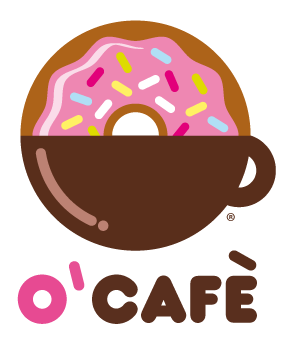Mashing up disciplines in new ways can transform industries
It’s hard to believe today, but phones didn’t always have touch screens.
In fact, some of us grew up in houses where phones were wired to the wall. We found out where we were by reading street signs and a map. We played games by taking a bat and ball to the middle of the street and forming teams with our friends. We listened to music by putting a record on a record player. Some of us, if we were lucky, owned 20 or 30 records. I had two, total, growing up.
And then came the iPhone. Sure, we’d seen convergence before the iPhone, but the preeminence of the smartphone over all other technologies was far from assured. At first, the mashup of an iPod and a phone was the big draw. But once Jobs introduced the App Store to go with the iPhone 3G, there was no stopping the revolution.
Walt Disney, too, mixed disciplines. Back in the 1930s, there were cartoons and there were movies. There were not movies made from cartoons. Movies told stories. Cartoons played fun gags. Movies not only were moving images, they moved audiences to laugh – and to cry. Cartoons were worthy of a chuckle or two.
But Walt wanted more. He loved animation and saw a future far beyond the slapstick antics of a simple cartoon. He saw the ability to tell fully realized stories far beyond anything audiences had ever seen before.
Remember that back in the 1930s, most movies were black and white. Computer animation didn’t exist. And while special effects had been a part of movie making since the dawn of movies, they always required some physical representation. In other words, you had to have a physical trick or gimmick to make the effect work.
Animation didn’t require that. If you wanted to suck something into a spinning vortex, you didn’t have to somehow simulate it with water and dye. You drew it, frame by laborious frame. It took a tremendous amount of work with an unprecedented number of animators, but if you could imagine it, you could draw it, and audiences could watch it.
For years, Snow White and the Seven Dwarfs was thought of as Disney’s folly. It was incredibly expensive, far over budget, and behind schedule. Besides, it was a cartoon. Who would sit through 75 minutes for a cartoon?
But Disney saw the confluence of movies and cartoons, and saw how far he could go once he mixed them together. He created a film classic, a cartoon that could make people laugh and cry. It was a film that actually scared kids, and yet made it okay to be scared. He created an entirely new art form as the outgrowth of two previous art forms.
Disney also decided to use old fairy tales and remake them in his own image. So with Snow White, he launched an empire of cartoons mixed with feature length movies mixed with rewritten classic stories. And, of course, the rest is history.
So, as we close out this discussion of two of the greatest innovators of the last 100 years, consider this: what disciplines – not just technologies, but ideas, areas of study, and forms of art – can you mix together to create something new, wonderful, compelling, and world-changing?


